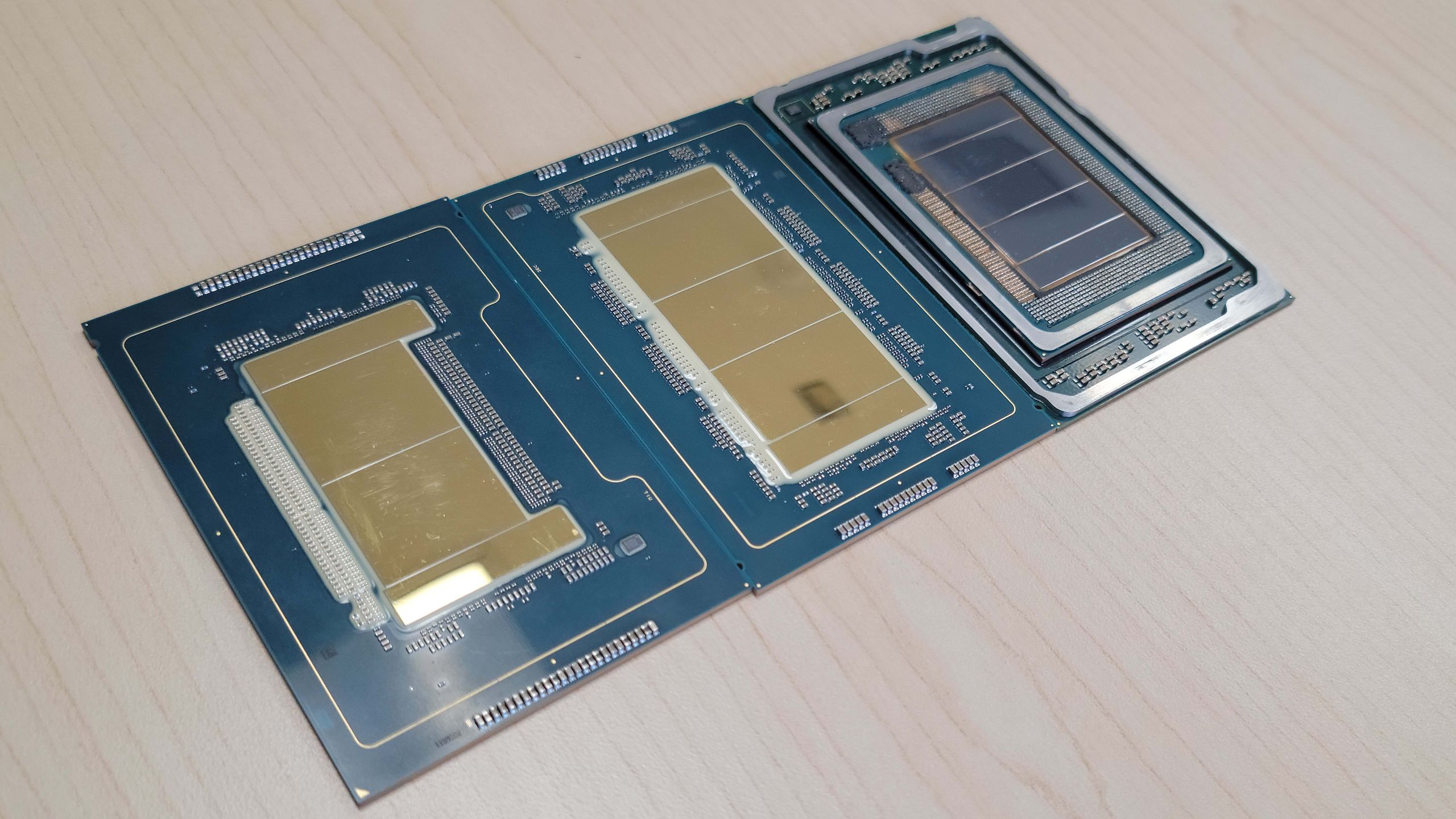Agree. Losing market in desktop (which is shrinking anyway) isn't as big a deal. Losing market in laptop that is still strong is catastrophic. Lunar Lake is actually a pretty decent thin-and-light product, and Arrow Lake H is also decent. As you say, it looks as if the core design was targeted at the laptop market .... but I think it is expensive for Intel to produce .... and from a financial standpoint, Intel can't afford to stay on the same financial path they are currently on.Fine product (now). Terrible launch. New platform which costs too much.
On laptops it looks much better which lends credence to Arrow Lake being a portability platform which was “scaled up” for desktop.
Intel really needs to get it together with Panther / Nova Lake. Can’t say this too many more times before this ship takes on too much water… Intel cannot under any circumstances cede more ground in laptops.
Worse that losing laptop market though, is the devastating loss Intel has had in DC. If AMD continues to dominate DC as they have in recent years (and look to continue that domination through at least this year and into next year), pretty soon AMD will be able to use their high profit DC division to finance a loss leader in laptop to pressure Intel out of the market (as Intel has done to AMD in the past).
I know that Intel is introducing Clearwater Forest late this year (at least that is what my most current info is .... but perhaps they will do Panther Lake first?), so there is hope for intel if they can ramp that production up and make some revenue and halt the steady loss of market share in DC.
Then there is the specter of the 2nm EPYC Venice with double the cores per CCD and Zen 6 under the hood about 1 year after the first CWF hits the shelves. With 384 Zen 6 cores ..... all getting a 1.4 performance boost in MT from SMT, even a very successful CWF may have a very short lived victory.
Really though, all this comes down to the money for Intel. It isn't just a matter of IF they can produce a superior chip, its can they make a profit doing it!



